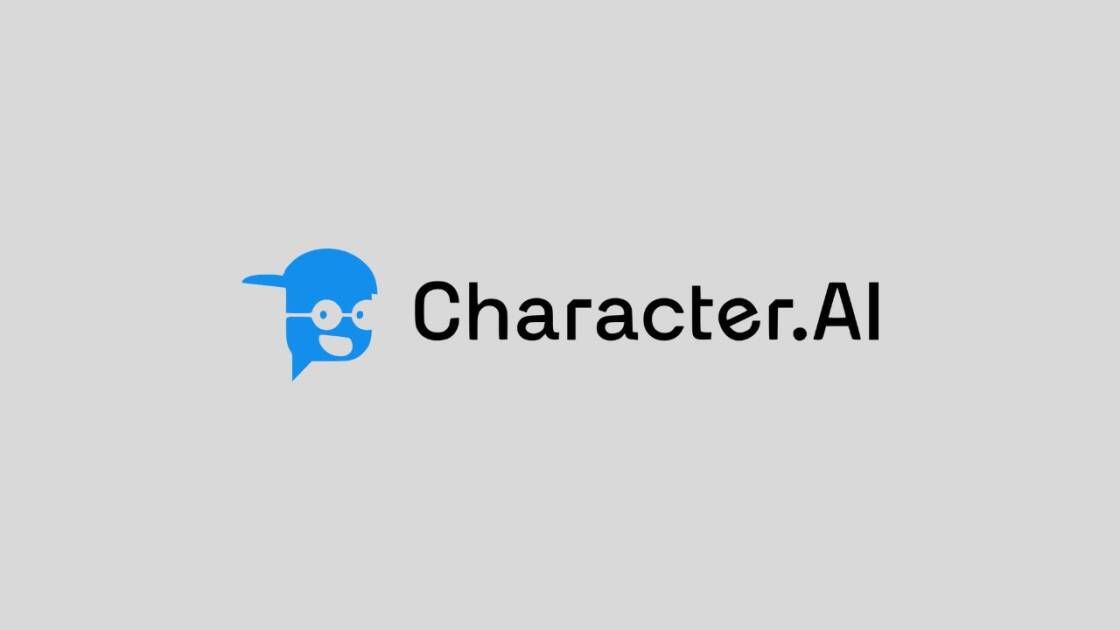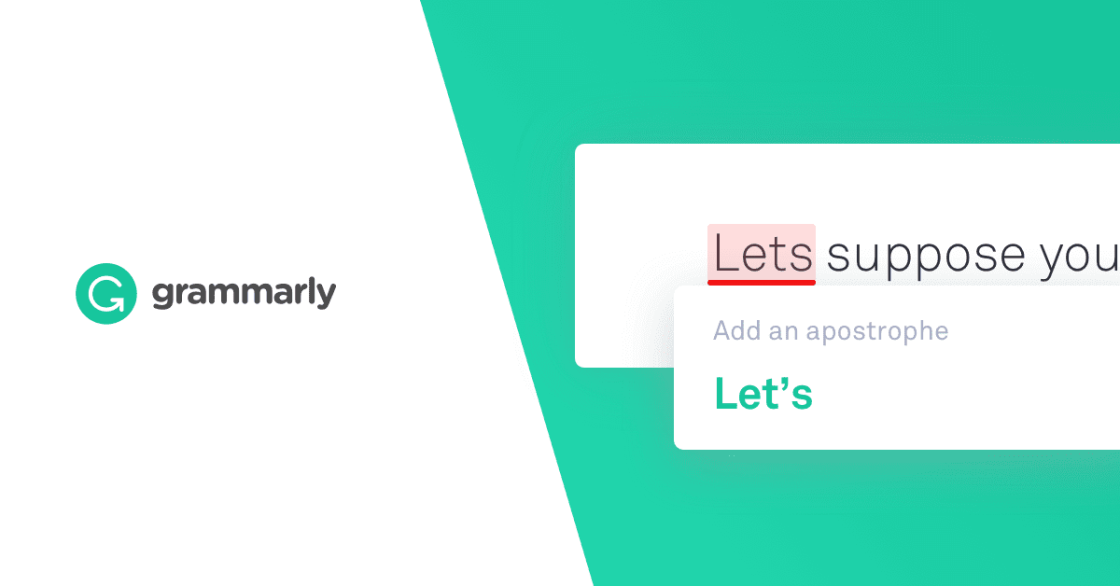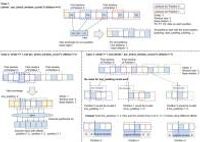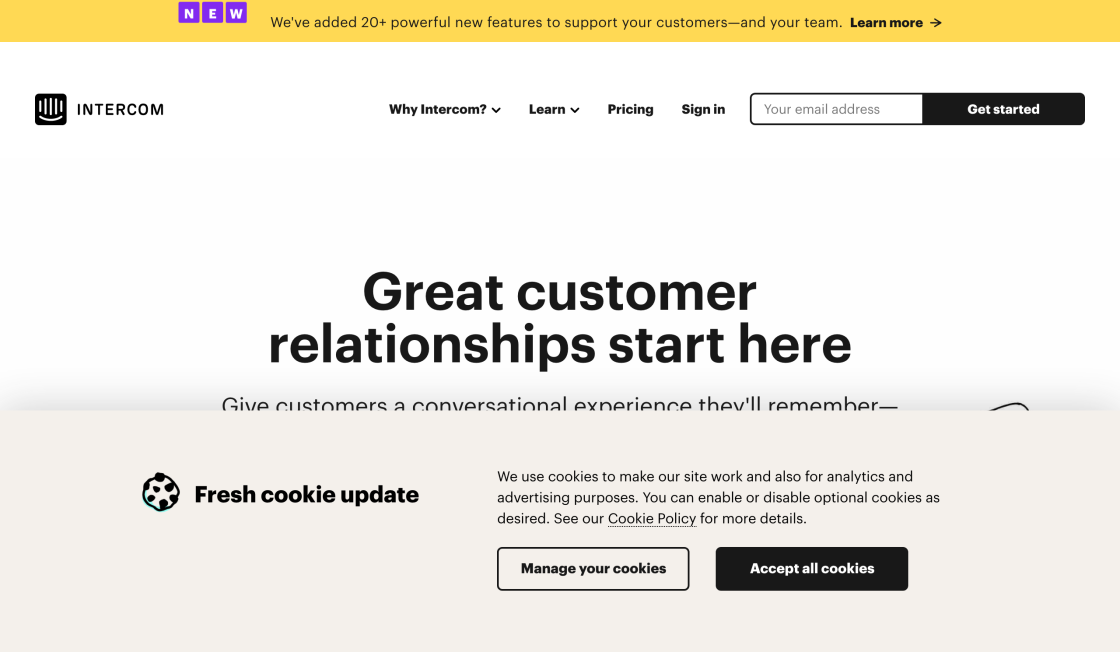

Add live video conferencing to your app in 10x less lines of application code than any other fully customisable video SDK. Built by the team that created live video infrastructure powering billions of minutes a day at Facebook and Disney+Hotstar.
Rerun is an SDK for logging computer vision and robotics data paired with a visualizer for exploring that data over time. It lets you debug and understand the internal state and data of your systems with minimal code. It’s built from the ground up in Rust to run fast everywhere.
Ramper is a free web3 SDK for DApps to onboard users quickly. For users that don’t already have a wallet set up — DApps can integrate Ramper to onboard them instantly using email, and have them purchase crypto directly in-app.
Cloud Firestore is an advanced NoSQL document database that has been designed to provide automatic scaling, high performance, and ease of application development. Developed by Google, this powerful database offers a flexible and scalable data storage solution for modern web and mobile applications. With its robust features and capabilities, Cloud Firestore has become a popular choice among developers who want to build high-quality applications that can handle large volumes of data and traffic. This introduction will explore the key features and benefits of Cloud Firestore, as well as highlight its significance in the world of modern application development.
In today's fast-paced digital world, integration of APIs and cloud data management have become critical components for businesses to stay competitive. Cloud Elements is an integration platform that offers developers a quick and easy way to connect APIs, build integrations, and manage data in the cloud. With its user-friendly interface, Cloud Elements enables businesses to streamline their operations by simplifying complex integration processes. This platform provides a comprehensive solution to help businesses achieve their goals by leveraging the power of the cloud.
Replit is an amazing platform for coding. It has recently added a revolutionary feature called Ghostwriter which uses Artificial Intelligence to help complete code. Replit provides a powerful IDE, compiler, and interpreter so that users can write and run code in more than 50 languages from the convenience of their browser. It is a great tool for developers of any skill level.

CharacterAI
Personality Insights and Predictive Analytics

Grammarly
Grammarly: Free Online Writing Assistant

Google GShard
[2006.16668] GShard: Scaling Giant Models with Conditional Computation and Automatic Sharding

Intercom
Announcing Intercom's New AI Customer Service Features

Nvidia Omniverse Avatar
Omniverse Avatar Cloud Engine (ACE) | NVIDIA Developer

Dreamstudio AI
Your Personal AI Artist

Topaz Video AI
Unlimited access to the world’s leading production-grade neural networks for video upscaling, deinterlacing, motion interpolation, and shake stabilization - all optimized for your local workstation.

AISEO
AISEO - AI writing assistant, Copywriting & Paraphrasing Tool
In today's digital world, application programming interfaces (APIs) are a crucial component for building software applications. To create and document RESTful APIs, developers need a standardized language that can be easily understood by both humans and machines. This is where RAML - The RESTful API Modeling Language comes into play. RAML is an open-source specification language that provides a concise and clear way of designing and documenting RESTful APIs. It enables developers to describe the resources, methods, and models of their APIs in a human-readable format that can be shared across different teams and organizations. RAML also supports code generation and automatic documentation generation, making the development process faster and more efficient. In this article, we will explore the key features of RAML and how it can help developers create high-quality RESTful APIs.
RAML stands for "RESTful API Modeling Language", which is an open-specification language used to design and document RESTful APIs.
The purpose of RAML is to provide a simple and unified way to design, document, and share RESTful APIs.
RAML works by providing a set of rules and guidelines for designing RESTful APIs in a standardized manner. It allows developers to define the resources, methods, parameters, and responses of their API in a clear and concise way.
Some of the benefits of using RAML include faster API development, improved collaboration between teams, better documentation, and easier integration with other tools and frameworks.
Yes, RAML is an open-source specification that is free to use and can be downloaded from the official website.
RAML is a language-agnostic specification, which means it can be used with any programming language that supports RESTful APIs.
Yes, RAML can be used in conjunction with other API specifications such as Swagger and API Blueprint.
There are several tools available for implementing RAML, including RAML parsers, code generators, and documentation generators.
RAML and Swagger are both specifications for designing RESTful APIs, but they have different syntax and structure. RAML uses YAML or JSON for defining API resources, while Swagger uses JSON.
You can get started with RAML by visiting the official website and downloading the RAML specification. There are also several tutorials and guides available online that can help you learn how to use RAML effectively.
| Competitor | Description | Difference |
|---|---|---|
| Swagger | Swagger is an open-source software framework backed by a large ecosystem of tools and vendors that helps developers design, build, document, and consume RESTful web services. | Swagger provides support for both JSON and YAML formats, whereas RAML only supports YAML. |
| API Blueprint | API Blueprint is a powerful high-level API description language for web APIs. It is simple, intuitive, and follows a natural language syntax. | API Blueprint offers more flexibility in terms of defining endpoints, whereas RAML has a more rigid structure. |
| WADL | Web Application Description Language (WADL) is an XML-based file format that describes the resources and methods available on a RESTful web service. | WADL is more verbose and complex compared to RAML, making it harder to read and write. |
RAML, which stands for RESTful API Modeling Language, is an open-specification language that helps developers to design and document RESTful APIs. RESTful APIs are a popular way to exchange data between different systems, and RAML provides a standardized way to describe the structure of an API.
When it comes to designing RESTful APIs, RAML offers several benefits. First, it simplifies the process by providing a clear and concise syntax for defining APIs. This helps developers to create APIs that are easy to understand and maintain. Additionally, RAML allows developers to generate documentation automatically, which saves time and ensures that documentation is always up-to-date.
Another advantage of using RAML is that it promotes reusability. By defining APIs in a standardized way, developers can easily reuse existing components and build new APIs from them. This not only saves time but also reduces the likelihood of errors and inconsistencies.
RAML is not just for developers; it also benefits consumers of APIs. RAML allows consumers to understand the structure of an API before they start using it. This makes it easier for them to integrate the API into their own systems, reducing the likelihood of errors and improving the overall user experience.
In summary, RAML is a powerful tool for designing and documenting RESTful APIs. With its clear syntax, automatic documentation generation, and support for reusability, RAML helps developers to create high-quality APIs that are easy to use and maintain. Whether you are a developer or a consumer of APIs, RAML is definitely worth checking out.
TOP